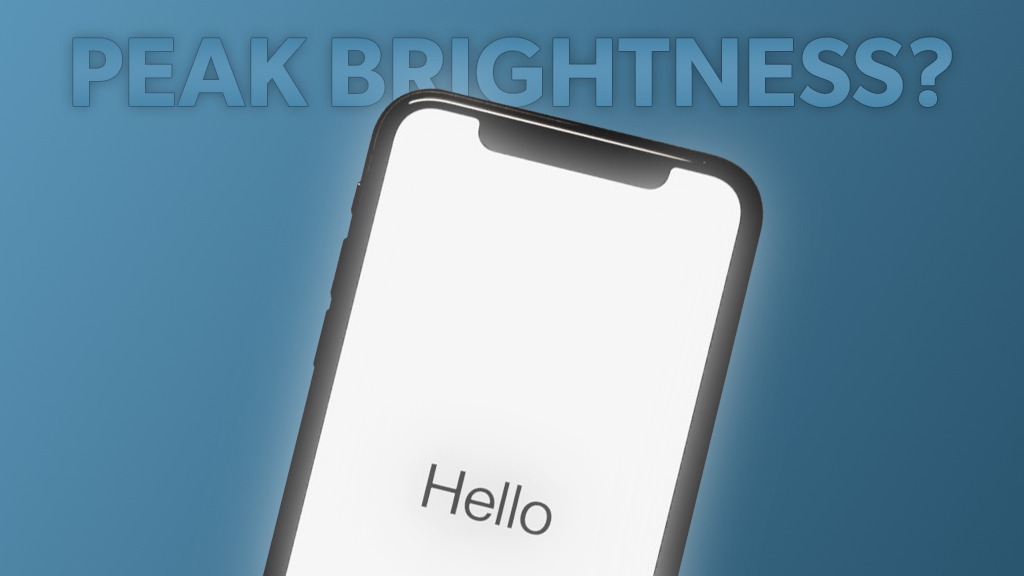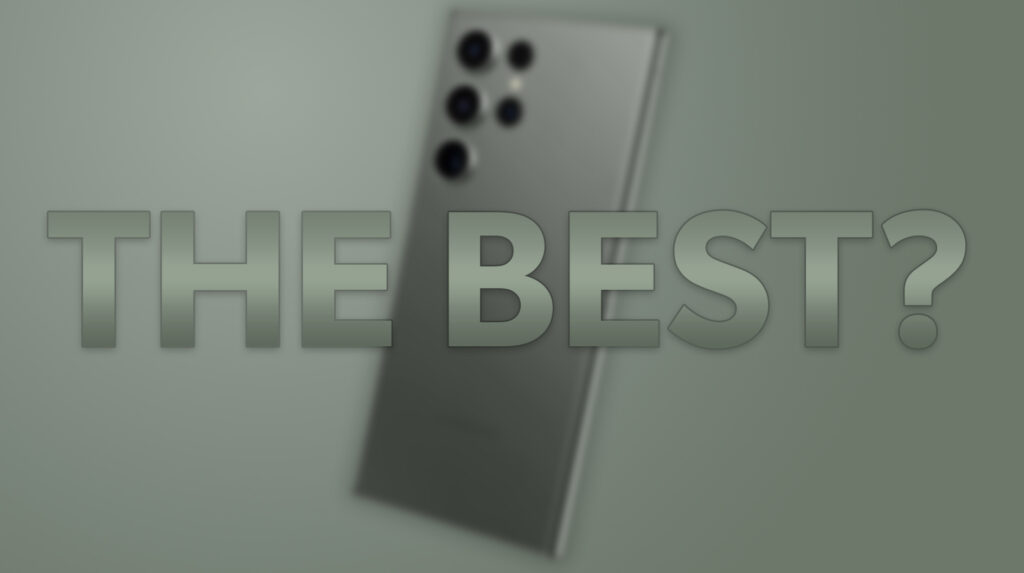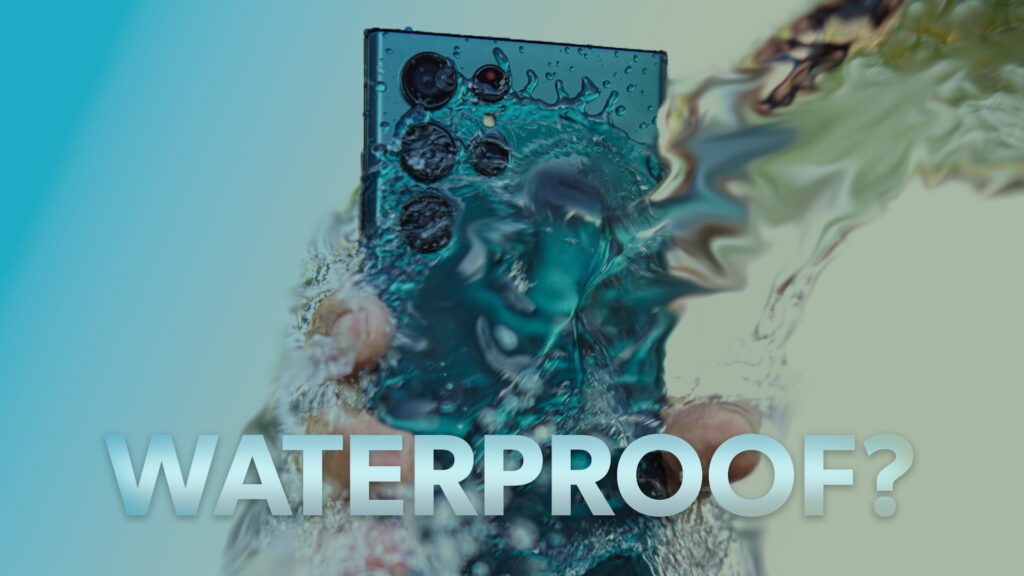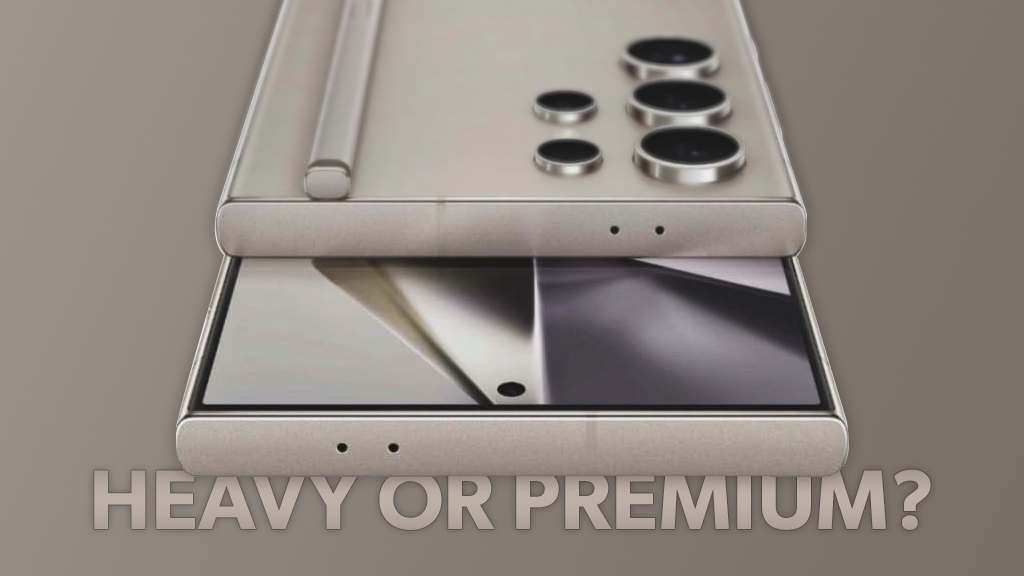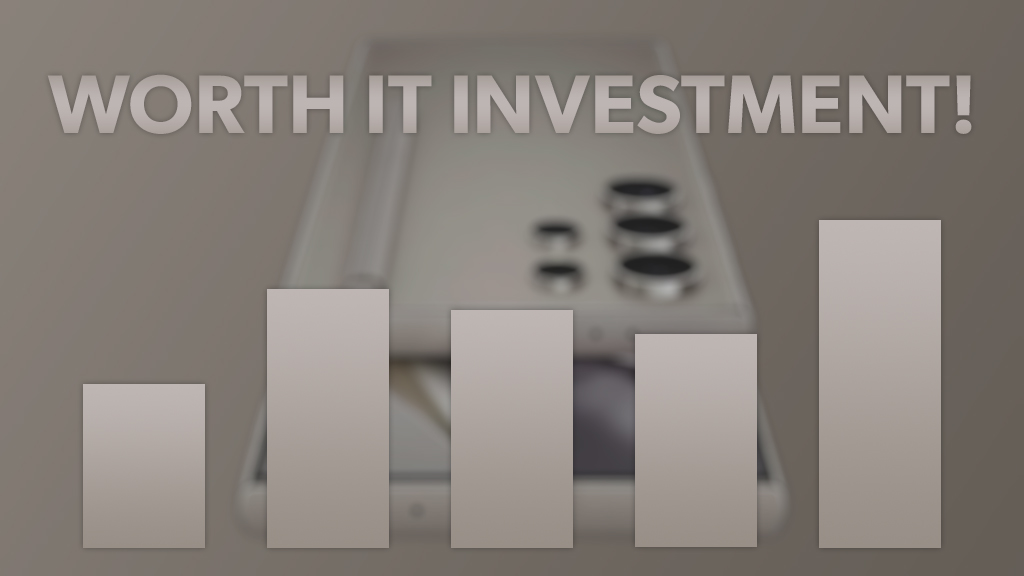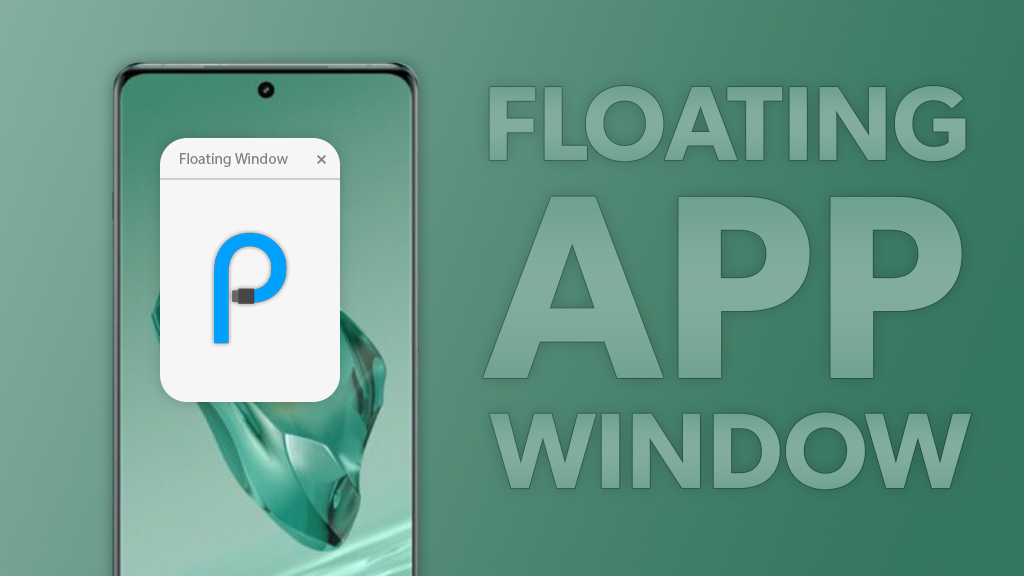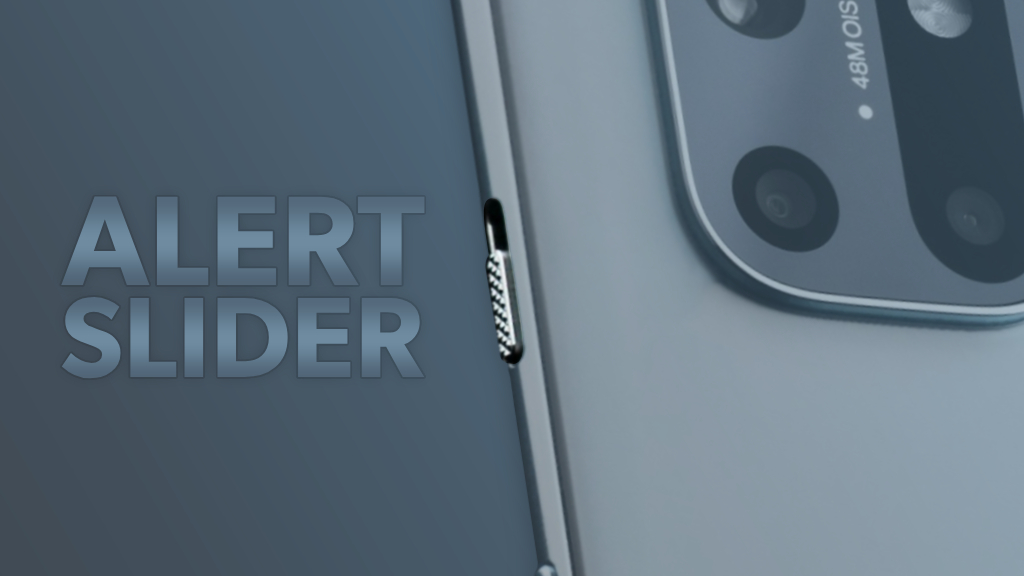Introduction
So, imagine you’ve got this really fancy phone screen, right? Well, “peak brightness” is just a fancy way of saying how super bright it can get. Like, it’s the brightest it can possibly be in any part, even if it is very small part. This brightness is super important because it affects how good everything looks on your screen, especially when you’re watching stuff with fancy HDR effects.
So, basically, the higher the peak brightness, the better your screen will make things look, like making colors pop and stuff. It’s like having sunglasses for your eyes, but for your screen!
Key Takeaways
- Peak brightness: It is crucial for screen performance, especially for displaying HDR content. It determines how vivid colors appear and enhances overall visual experience.
- High-Brightness Mode (HBM): It is like a boost for screens, increasing brightness for better visibility, particularly in bright outdoor environments. However, it consumes more battery and may impact long-term screen health.
- Difference between both: The difference between peak brightness and HBM lies in their functionalities: peak brightness represents the maximum brightness capacity of a screen, while HBM is a temporary enhancement mode for extra brightness. HBM can drain battery quickly and is not meant for prolonged use.
Measuring Peak Brightness
Alright, so let’s break it down. When we talk about how bright a screen can get, we use something called “nits” or “candela per square meter” (cd/m²). It’s like saying how much light is shining from every little square meter of your screen.

Now, there are two main ways we measure this brightness: “real scene” and “window” values. Real scene values are like checking how bright the whole picture can get when you’re watching a video.
But then there are window values, which are like zooming in on specific parts of the screen. It’s like saying, “Hey, how bright is just this corner or that spot?” This helps us see how different parts of the screen light up, which is really handy for checking how well your screen handles HDR stuff.
So, think of it like comparing the brightness of the whole sky to just a little flashlight beam. Both are important for figuring out how well your screen performs, especially when it’s showing off those cool HDR effects!
To get detailed information on how peak brightness is measured, visit Unilumin
Understanding High-Brightness Mode (HBM)
Alright, so here’s the deal: Ever been outside on a sunny day, squinting at your phone screen trying to see what’s going on? Well, that’s where High-Brightness Mode (HBM) comes in handy for a lot of smartphones. It’s like putting on sunglasses for your screen, cranking up the brightness so you can actually see what’s going on even in bright sunlight.
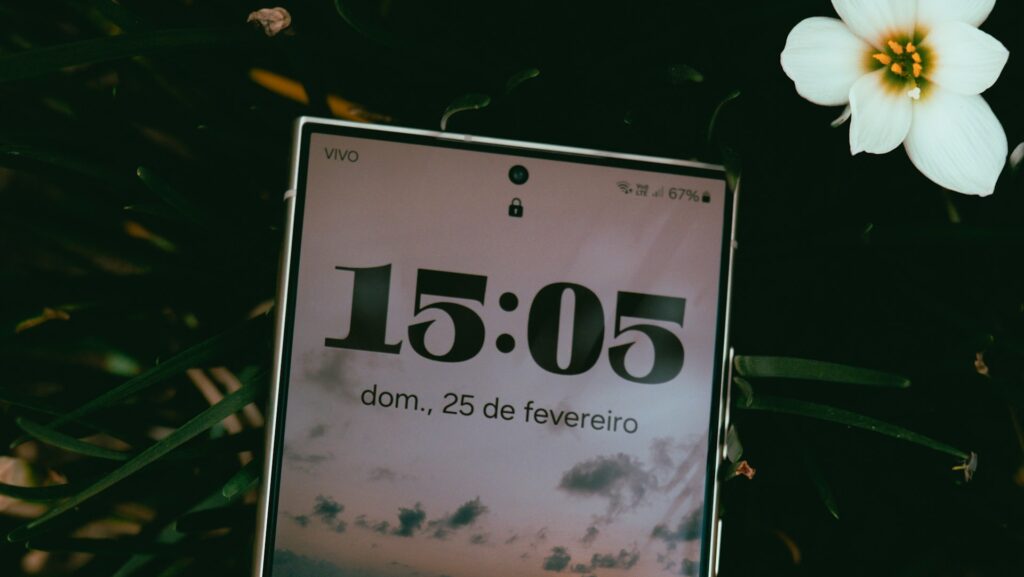
But, like everything good in life, there’s a catch. HBM isn’t something you want to leave on all the time. Why? Because it drains your phone’s battery. Plus, it’s not exactly great for the long-term health of your screen.
So, while HBM can be a lifesaver when you’re out and about, just remember to use it wisely. You don’t want to overuse it and drain all your juice!
difference between peak brightness and HBM
You’ve got your regular old peak brightness, which is like the highest level your screen can shine at. It’s like reaching for the stars – you wanna see just how bright your screen can go.
Then, there’s this thing called High-Brightness Mode (HBM), which is like hitting the turbo button on your screen. It gives you an extra boost of brightness, kinda like turning on a flashlight when you’re lost in the dark.
But, here’s the catch: HBM is like a sprinter – it can’t keep up that pace forever. It’s temporary, and it can gobble up your battery really fast. So, while it’s great for those sunny days when you need to see your screen outdoors, you gotta use it wisely.
So, think of peak brightness as your screen’s maximum potential, and HBM as a special technique it can pull out of its sleeve when you really need it. Both have their time and place, but it’s all about finding the right balance for your screen time!
Peak Brightness Across Display Technologies
Alright, so when it comes to screens, there are different types, right? You’ve got ones with LED-lit LCDs and others with OLED displays.
LED-lit LCDs are awesome when you’ve got a lot of light around because they can get really bright. It’s like they’re saying, “No lamp is gonna outshine me!” But then you’ve got OLED displays, which are like the kings of darkness. They’re amazing at showing super dark blacks and making colors really pop. It’s like they’re saying, “I may not be the brightest, but I’ve got style and contrast for days!”
Understanding these differences is key when you’re picking out a screen. So, if you’re always in a bright room, LED-lit LCDs might be your best bet. But if you’re all about those deep blacks and vivid colors, OLED displays are where it’s at! It’s like choosing between a sunny day or a starry night – both great, just depends on what you’re into!
Peak Brightness in Smartphone Displays
These days, phone companies are all about bragging rights when it comes to how bright their screens can get. They’re like, “Hey, look at us! Our screen is brighter than the sun!”
But here’s the thing: while having a super bright screen might sound cool, it’s not always that important for everyday stuff. Like, sure, HDR content might look awesome with all that brightness, but when you’re just checking your messages or scrolling through social media, you don’t really need your screen to blind you.
So, while phone makers keep pushing this peak brightness thing as a big deal, some folks are like, “Eh, is it really that necessary?” Because let’s face it, in the real world, you probably don’t need your phone screen to be as bright as a supernova.
Relevance of Peak Brightness to Consumers
Alright, let’s break it down: Everyone’s brightness needs are different. Some folks might need their screens to shine like a spotlight in bright sunlight, while others are happy with a soft glow in a dim room.
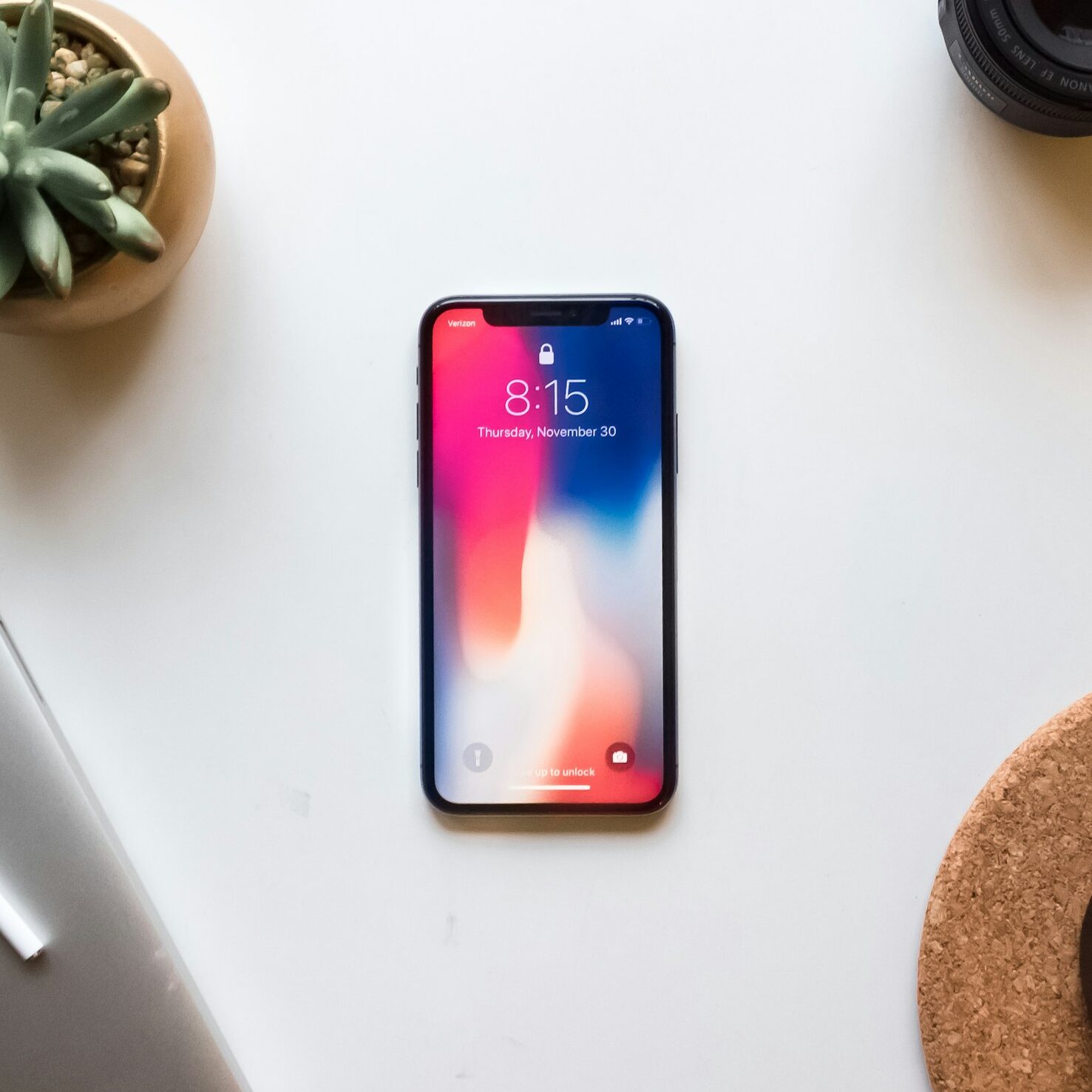
Now, phone companies love to shout about how bright their screens can get, but smart shoppers know there’s more to it than just numbers. They’re like detectives, looking for clues beyond the flashy marketing claims.
Instead, they focus on features like auto-brightness, which is like having a little brain in your phone that adjusts the brightness based on where you are. And they also pay attention to manual brightness controls, so they can fine-tune things themselves.
It’s all about finding that sweet spot – not too bright, not too dim, but just right for wherever you happen to be. So, while peak brightness might get all the hype, savvy consumers know there’s a whole world of factors to consider when it comes to screen brightness.
Debunking Peak Brightness Hype
So, you know how companies love to brag about how bright their screens are? They’re like, “Look at us, we’ve got the brightest screen on the block!”
But here’s the thing: Brightness isn’t a simple on-off switch. So, while having a super bright screen might sound cool, it doesn’t always mean you’re getting a better experience.
Sometimes, it’s all just a flashy marketing techniques. Real quality comes from a bunch of different factors working together, not just how bright the screen can get.
It’s like buying a car just because it can go super fast. Sure, speed is nice, but you also want comfort, safety, and all that good stuff. Same goes for screens – it’s not just about how bright they can shine, but how well they do everything else too!
Conclusion
So, here’s the bottom line: Peak brightness is a big deal when it comes to judging how well a screen performs, especially with fancy HDR stuff. But, it’s not the only thing that matters. You’ve gotta look at the bigger picture.
Things like what kind of screen technology you’re dealing with, and how you actually use your device day-to-day – all of that plays into the equation.
And let’s not forget about High-Brightness Mode (HBM). Sure, it’s like a superhero power for your screen, but you don’t want to rely on it all the time. It’s all about balance!
So, when you’re picking out a screen, don’t get too caught up in the flashy marketing. Take a step back, consider all the factors, and make a smart choice. That way, you’ll end up with a display that’s not just bright, but right for you!
Note: Any verdict given by us on any of the companies, or specs of a device is subjective. Our preferences can be different from yours, so be sure to conduct your own research to make a decision that is good for you.
If you want to know if Samsung phones are waterproof or water-resistant, you can check the article below.
Frequently Asked Questions (FAQs)
Phonesaaz aims to guide users toward making informed purchase decisions by offering clear, jargon-free insights. It covers product comparisons, reviews, and targeted guides to address specific aspects of smartphone use.
